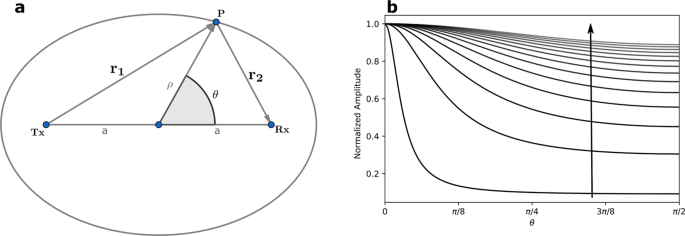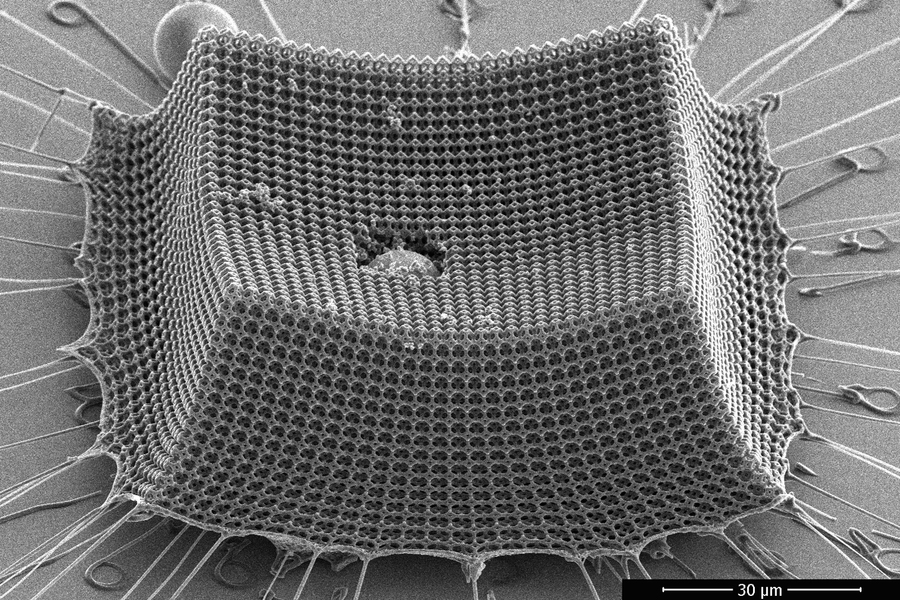(NIST Method Uses Radio Signals to Image Hidden and Speeding Objects)
2021-06-25 アメリカ合衆国・国立標準技術研究所(NIST)

・ NIST とスタートアップの Wavsens LLC(コロラド州ウェストミンスター)が、無線信号を利用して高速移動中や隠れたオブジェクトのリアルタイム画像を作製する技術を開発。
・ 消防士による避難経路・建物の中に残る被災者の発見や、毎秒 10km の速度で移動するミリメートルサイズの宇宙ゴミ、超音速で移動するミサイルのようなオブジェクトの隔離距離での追跡が可能となる。
・ 同技術は、m-Widar(microwave image detection, analysis and ranging: マイクロ波による画像検出、分析および測距)(特許出願中)として、Wavesens LLC が商業化を予定している。
・ コンクリートやガラス等のほとんどの遮蔽物を透過する無線信号を利用し、僅か数マイクロ秒のデータで 1 つの画像フレームを作製し、光の速さでのサンプリングが可能。対象物に電磁パルスを照射し、その往復時間を測定して対象物までの距離を計測するマルチサイトレーダーのコンセプトを採用した。
・ 通常、マルチサイトレーダーでは、単数のトランスミッターと複数のレシーバにより、受信したエコーを使用した三角法で対象物の位置を特定するが、m-Widar 技術では複数のトランスミッタと単数のレシーバを使用する。これにより、空間のあらゆる場所で反射するあらゆるオブジェクトの特定と画像化が可能となる。
・ 無響室で実施した同技術の実証では、携帯電話 12 台分のトランスミッタ出力で同時に無線信号を送信し、約 10m 先の乾式壁で隔てた部屋で歩行する人の 3D 画像を作製。現時点のレンジは数 km までだが、トランスミッタの出力とレシーバの感度の向上により、さらに延ばすことができる。
・ トランスミッタアンテナは、マイクロ波を含む電磁波スペクトル上半分の 200MHz~10GHz の周波数で作動。レシーバは、シグナルデジタイザに接続した 2 個のアンテナで構成。携帯電話のビデオカメラのフレーム毎秒の約 100~1,000 倍の、フレーム毎秒 366kHz に相当する毎秒 15 億個のサンプルで画像を再構築した。
・ 12 本のアンテナで 4096 ピクセルの画像を作製したが、アンテナの増設、より高速のランダム信号発生器やデジタイザによるシステムのアップグレードで解像度の向上が可能。量子もつれの利用による画像や感度の向上も視野に入れる。
・ 本研究には、NIST 下の組織への資金提供を通じて NIST の通信や製造等における専門性の向上を図る、Public Safety Trust Fund が一部資金を提供した。
URL: https://www.nist.gov/news-events/news/2021/06/nist-method-uses-radio-signals-image-hidden-and-speeding-objects
<NEDO海外技術情報より>
(関連情報)
Nature Communications 掲載論文(フルテキスト)
Continuous-capture microwave imaging
URL: https://www.nature.com/articles/s41467-021-24219-0
Abstract
Light-in-flight sensing has emerged as a promising technique in image reconstruction applications at various wavelengths. We report a microwave imaging system that uses an array of transmitters and a single receiver operating in continuous transmit-receive mode. Captures take a few microseconds and the corresponding images cover a spatial range of tens of square meters with spatial resolution of 0.1 meter. The images are the result of a dot product between a reconstruction matrix and the captured signal with no prior knowledge of the scene. The reconstruction matrix uses an engineered electromagnetic field mask to create unique random time patterns at every point in the scene and correlates it with the captured signal to determine the corresponding voxel value. We report the operation of the system through simulations and experiment in a laboratory scene. We demonstrate through-wall real-time imaging, tracking, and observe second-order images from specular reflections.



